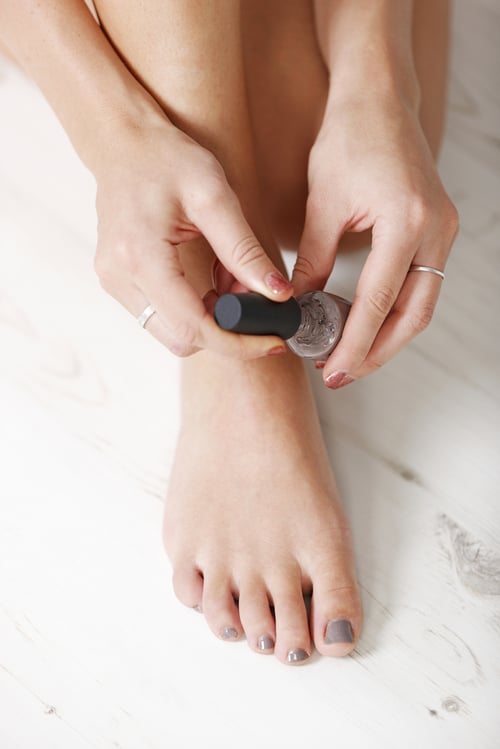
A study by the National Center for Biotechnology Information (NCBI) states that about 14% of the U.S. population suffers from onychomycosis (toenail infection) at some point in their lives. Toenail infections are unpleasant and some can even be disgusting. The fungi causing onychomycosis are mostly present on the body’s skin alongside other bacteria, but once the fungus overgrows, an infection is imminent.
The following are the four main types of toenail infections:
Distal Subungual Onychomycosis (DSO)
This toenail infection is caused by the fungus which causes athlete’s foot. The fungi spread from the skin and begin to grow on the underside of the toenail’s tip and spread on the entire nail bed. After some time, debris builds up underneath the nail, making it appear yellow. The nail also becomes thick and begins to chip and crack. The nail bed is exposed in the end, and a healthy nail might not regrow.
Candida Onychomycosis
Although this type of infection is common on fingernails, it could also infect the toenails, especially if you’ve had nail trauma. This is a nail disorder that is caused by a yeast infection. The infection first affects the cuticle and then spreads to the skin around the toenail. The nail could get detached from the nail bed and change its color to brown, green or white.
White Superficial Onychomycosis (WSO)
This is the second most common type of toenail infection. As the name suggests, the infection begins to grow on the superficial layers of your nails on which white spots begin to form. If left untreated, it could spread and infect the entire nail. The nail does not separate from the nail bed, and neither does it thicken. Rather, it appears crumbly as it is deprived of vital nutrients.
Proximal Subungual Onychomycosis (PSO)
This type of toenail infection is most common in people with a damaged immune system due to conditions such as HIV. It is caused by dermatophytes which infect the nail fold and thicken the skin. This could separate the skin from the nail. Over time, the nail could become opaque, and its base may turn white.
Know the risk factors
Although anybody can get a toenail infection, the following risk factors could increase your likelihood of getting infected:
- You often wear artificial nails
- Your nail(s) or the skin around it has an injury
- You suffer from diabetes
- You are over 65 years
- You suffer from a condition which causes poor circulation
- Your toes are often exposed to moisture
Toenail infections could be contagious, so avoid wearing an infected person’s shoes or socks. Should you notice any changes on your toenails’ appearance, consult a physician immediately. A sample will be taken to a lab for a diagnosis to be made. Should the diagnosis be positive, a topical or oral antifungal medication will be prescribed.







